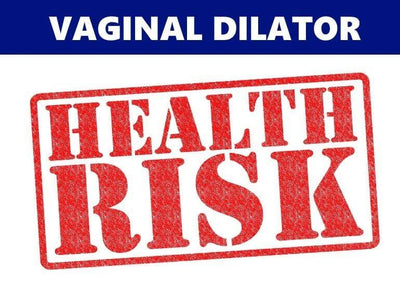
| Caroline Knight
Symptoms of Perimenopause: What to Look Out For
Most have heard of the menopause, but until the early stages of menopause kick in we don’t often think to research the topic in depth. As your fertility wanes – in other words, your ovarian function starts to decline – your hormones will start to shift during the years leading up to the menopause and the levels of circulating estrogen will start to vary.
Symptoms of perimenopause can last for up to ten years
Perimenopause is simply the early stages of the menopause, and during this time you may experience various perimenopause symptoms, ranging from dramatic changes in your monthly periods to night sweats and mood swings.
Perimenopause gets its name from the Greek word peri, meaning ‘near’. It is a transitional state that can last for up to ten years but for most women it lasts for three or four. One year after your last menstrual period marks the end of your perimenopause. Throughout this phase of your life you will find that hormonal changes and symptoms vary in both intensity and longevity.
The earliest symptoms of perimenopause tend to be irregular periods, and changes to the heaviness or longevity of your flow. However, some women experience little in the way of perimenopause symptoms.
Common perimenopause symptoms
1. Changes to periods
For some women periods become more erratic. Some experience more frequent periods (for example, a 28 day cycle comes every 21 days), and for others periods just seem to stop entirely or come once in a while. Some women experience much heavier periods, and others get lighter ones.
Women who previously had five-day periods might find that they now only last for two to three, especially if the flow is heavier. Low progesterone levels can result in a thicker uterine lining before it is shed at the time of your period. This means that your periods may be heavier and more painful than normal.
2. Mood swings
Statistics have indicated that mood changes during perimenopause affect between 10 and 20% of women. Depressive states during this time have been linked to declining estrogen levels, although this is not proven. However, perimenopausal women often report anxiety and irritability. The thing is that around this stage of life, many other life changes can be happening too, so it can be hard to pinpoint a definitive cause of depression or mood swings.
3. Hot flashes and night sweats
Hot flashes are often referred to as hot flushes. Hot flashes and night sweats tend to be associated more with the menopause. Having said that, many women do experience hot flashes in the perimenopause; the numbers are estimated at between 35 and 50%.
If you are over 40 and experiencing anything from warming up more than usual to sweating profusely, perimenopause could be the reason. It is worth checking the side effects of any medication you might be on though – some medications can cause body temperature changes.
4. Vaginal dryness
This perimenopause symptom usually occurs during the later stages. It is down to declining estrogen levels, which also make the vaginal tissues thinner. Unfortunately the dryness worsens after the menopause, and can lead to irritation and painful sex. Painful sex is sometimes due to menopausal vaginal atrophy. Low hormone levels also cause other sexual problems, like loss of libido.
5. Sleep problems
Studies have concluded that around 40% of women during the perimenopause struggle with sleep disturbances. It may be down to night sweats, but women who are not experiencing night sweats also report problems getting to (or staying) asleep. Again though, this might be down to other life changes and age-related issues.
Follow our blog for information on how to deal with your symptoms of perimenopause, as well as other information and useful products related to women’s sexual health and well being.













